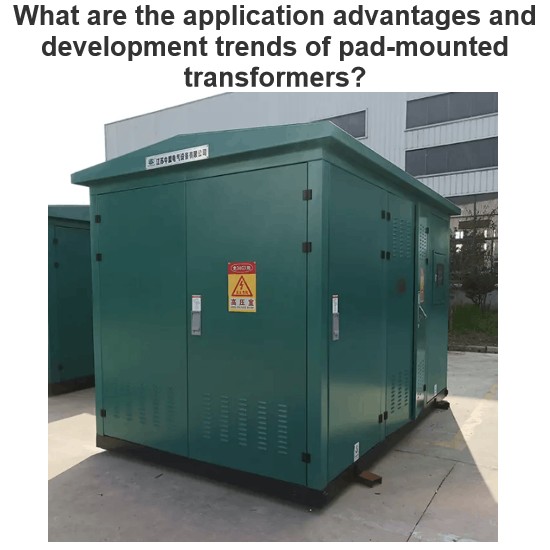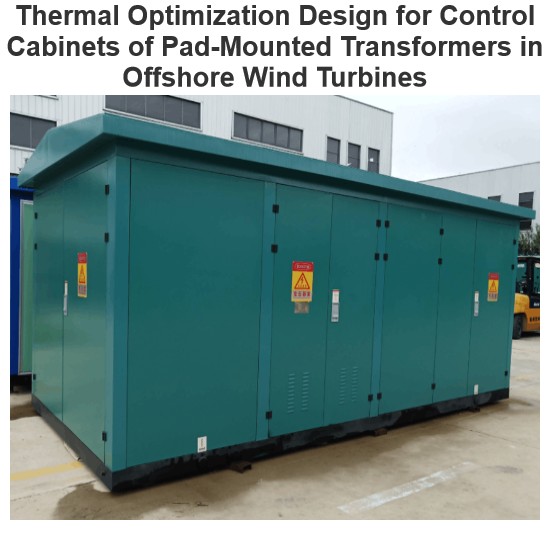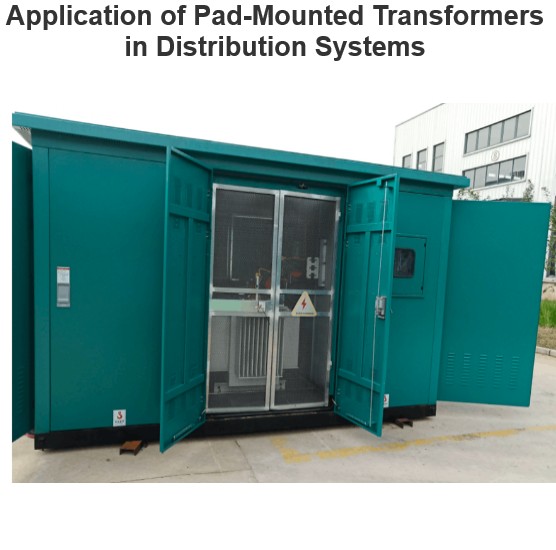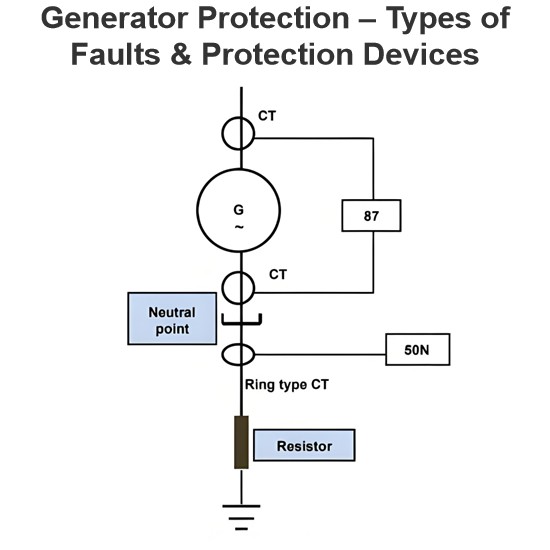What is Transformer Rating?
What is Transformer Rating?
Transformer Rating Definition
Transformer rating is defined as the voltage and current specified for operation, expressed in VA (Volt-Amps).
Importance of Cooling
The effectiveness of the cooling system impacts the transformer’s rating, with better cooling allowing a higher rating.
Loss Types
Constant losses or core losses – These depend on V
Variable losses or ohmic (I2R) losses – These depend on I
Power Factor Independence
The transformer’s rating in kVA is independent of the load’s power factor since losses do not depend on it.
Apparent Power Rating in kVA
Transformers are rated in kVA, not kW, to account for the combination of voltage and current without considering power factor.
The Electricity Encyclopedia is dedicated to accelerating the dissemination and application of electricity knowledge and adding impetus to the development and innovation of the electricity industry.













